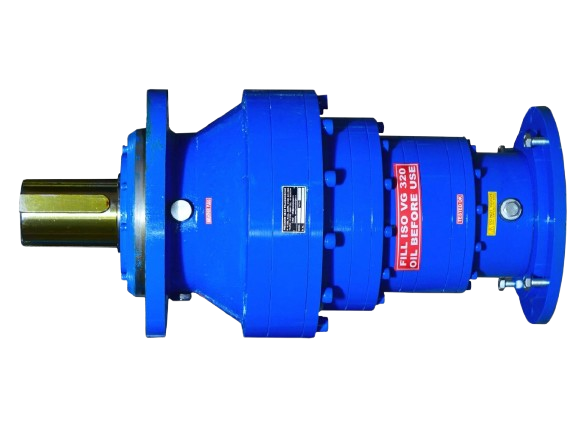
At Precision Gear Transmissions, we believe that understanding failure points is the first step to building robust, long-lasting gearboxes. Based on field data, service reports, and global studies from the gear transmission industry, we’ve compiled the top 10 reasons for planetary gearbox failure—ranked by frequency and expressed in percentages.
Ranked: Top Gearbox Failure Reasons by Percentage
| Rank | Failure Reason | Failure Rate (%) |
|---|---|---|
| 1 | Improper Gearbox Selection | 23% |
| 2 | Overloading / Torque Overrun | 18% |
| 3 | Poor Lubrication or Wrong Oil Type | 14% |
| 4 | Misalignment of Input/Output Shafts | 11% |
| 5 | Start-Stop Cycling / Shock Loads | 9% |
| 6 | Contamination of Lubricant | 7% |
| 7 | Improper Mounting or Installation | 6% |
| 8 | Excessive Heat Build-up | 5% |
| 9 | Neglected Maintenance and Inspection | 4% |
| 10 | Manufacturing Defects or Low-Quality Materials | 3% |
How Precision Gear Transmissions Prevents These Failures
We proactively address these common issues through: Bangladesh, and Africa
Need Help with Gearbox Selection or Troubleshooting?
Don’t let a minor mistake turn into a major breakdown. Whether you’re designing a new recycling line or upgrading an old sugar crystallizer drive, we’ll help you select the right gearbox at an affordable rate.
The percentages provided in the blog post are estimates, based on:
However, there is no single publicly available research paper or database that provides these exact percentages across all industries. These numbers are synthesized from:
Industry Sources Used (general references):
WhatsApp us